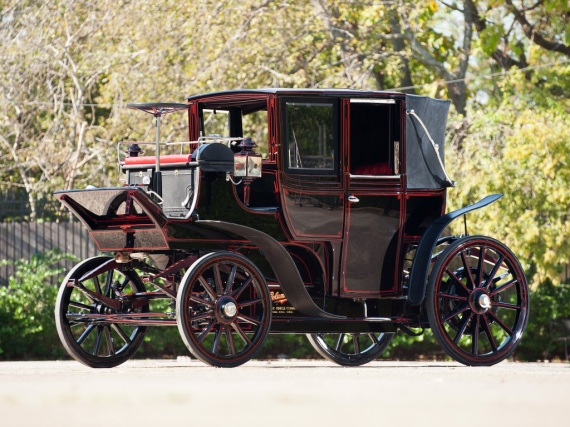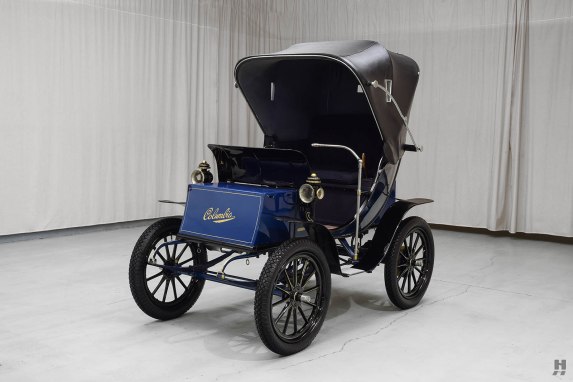
In 1952, a collaboration between the Austin Motor Company and sports car designer Donald Healey resulted in one of the most archetypal and most iconic brands of British sports car ever to grace the roads and open highways. Austin-Healey was also one of those less-is-more type manufacturers of sports cars, as the only models they built consisted of the brutish and hairy-chested 100/4, 100/6, and 3000, or the Big Healeys as they were famously dubbed in order to distinguish them from the smaller and affordable Sprite. Eventually, however, the partnership between Donald Healey and Austin completely fell apart at the seam after the formation of British Leyland.
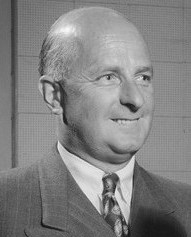
Donald Healey
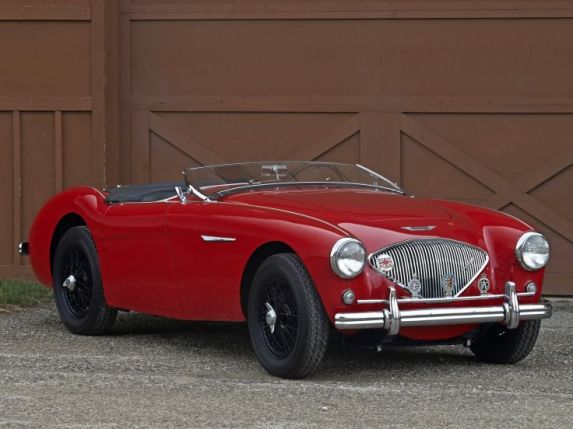
Making its debut at the 1952 London Motor Show, the 100 was so called in reference to its capability of reaching a 100mph (160km/h) top speed. This particular model, the BN2, had slightly higher wheel arches than the BN1, and unlike the BN1, could be ordered with two-tone paint.
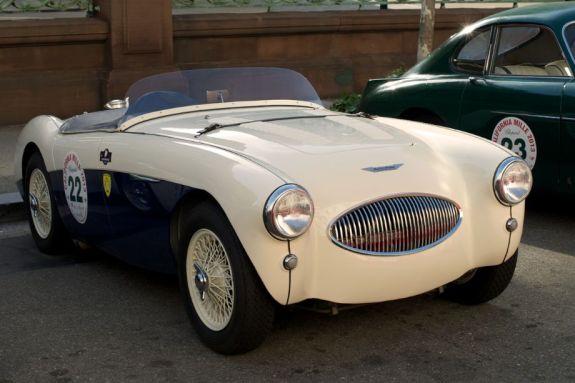
First conceived in 1954 as a road-going race car, the 100S (S for Sebring, in reference to the Sebring 12 Hour Race in Florida) was the most powerful four-cylinder Big Healey of them all, with a 132 horsepower output at a staggering 4700rpm. Lightness was one of the car’s fortes, as it also featured an aluminium-body. Rarity is another, as only 50 of these road racers were built.
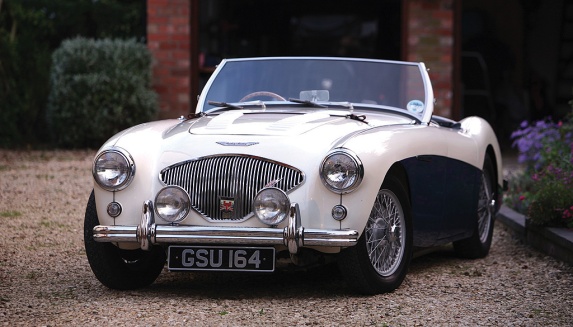
Launched in 1955, the high-performance 100M (M for Modified) is arguably the most desirable of all the four-cylinder Big Healeys. Like the rest of the 100 range, the M was fitted with a 2.6 litre engine, but this time with larger carburettors and a high-lift camshaft, resulting in a power increase to 110. The 100M also had stiffened suspension, an anti-roll bar, and had louvres added to the bonnet as well as a strap in order for better cooling.

The 100/4 BN2 Coupe was a five-off special designed by United States Army officer Ralph T. Boothe. Because coupes, fastbacks and other hardtop-roofed cars were all the rage in his native California at the time, Ralph, who had ordered the car in its original convertible body style whilst he was stationed in Germany in 1956, wanted to turn it into what it is now: A fastback coupe. The example you see here was sold at Amelia Island Auctions in March this year for a huge margin of $94,000.
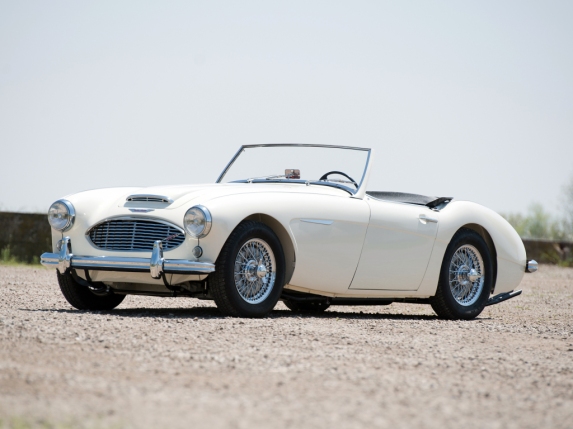
In 1956, after the 100/4, came the 100/6, with an oval-shaped grill, and powered by a tuned version of BMC’s 2.6 litre straight six. The first 100/6, the BN4, had 102 horsepower and a 2+2 seating arrangement. There was no difference in the top speed, however, as the six-cylinder engine was heavier than the four, and thus lumped the car’s capability of reaching a higher top speed than its four-pot predecessor. Austin-Healey resolved this matter in 1957 with the release of the two-seater BN6 (seen above). The addition of twin SU HD6 carbs, and a new cylinder head with larger valves, of which increased the compression ratio, resulted in a 15 horsepower escalation to 117. And so it was that the 100/6’s performance was vastly improved.
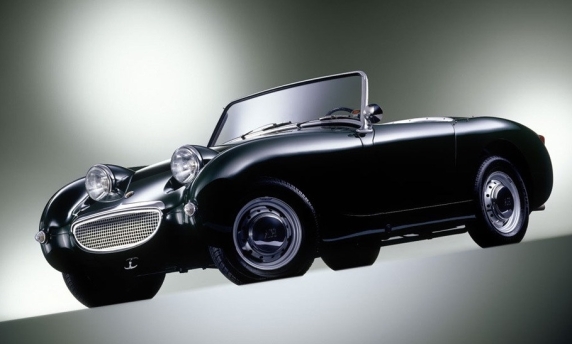
Launched in 1958, as a cut-price sports car, was the Mk1 Sprite, famously dubbed the ‘Frogeye’ or ‘Bugeye’, in reference to its distinctive exterior. Powered by BMC’s 948cc A-Series four-cylinder motor putting out 43bhp, this was a sports car that proved performance was not always a necessity when driving one, especially when its looks were like no other sports car out there.
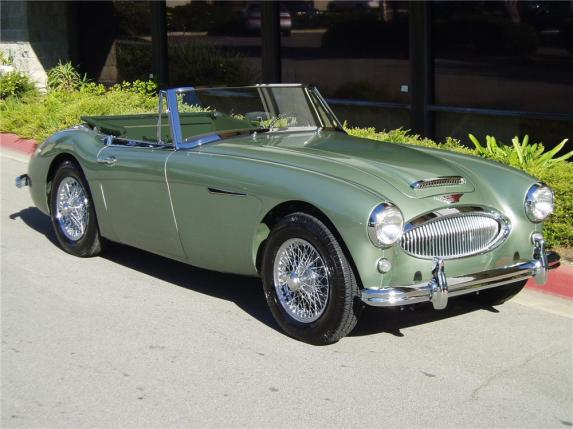
The most famous of the Big Healeys (and last), the 3000, launched in 1959, was equipped with a 2.9 litre version of BMC’s C-Series straight six engine, of which this particular model, the MkIII BJ8, equipped with sub-unit HD8 carburettors and higher camshaft, was the most powerful of, pumping out 150bhp, making it also the most powerful Austin-Healey road car to date. Also, like the Big Healeys before it, the 3000 had a transmission that included overdrive.
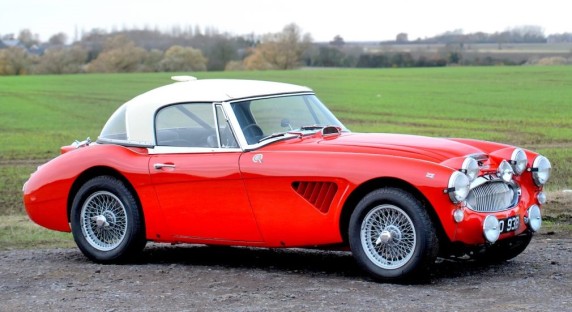
The 3000 also made for a very successful competition car, of which its most notable victory was at the Spa-Sofia-Liège rally in 1964.

